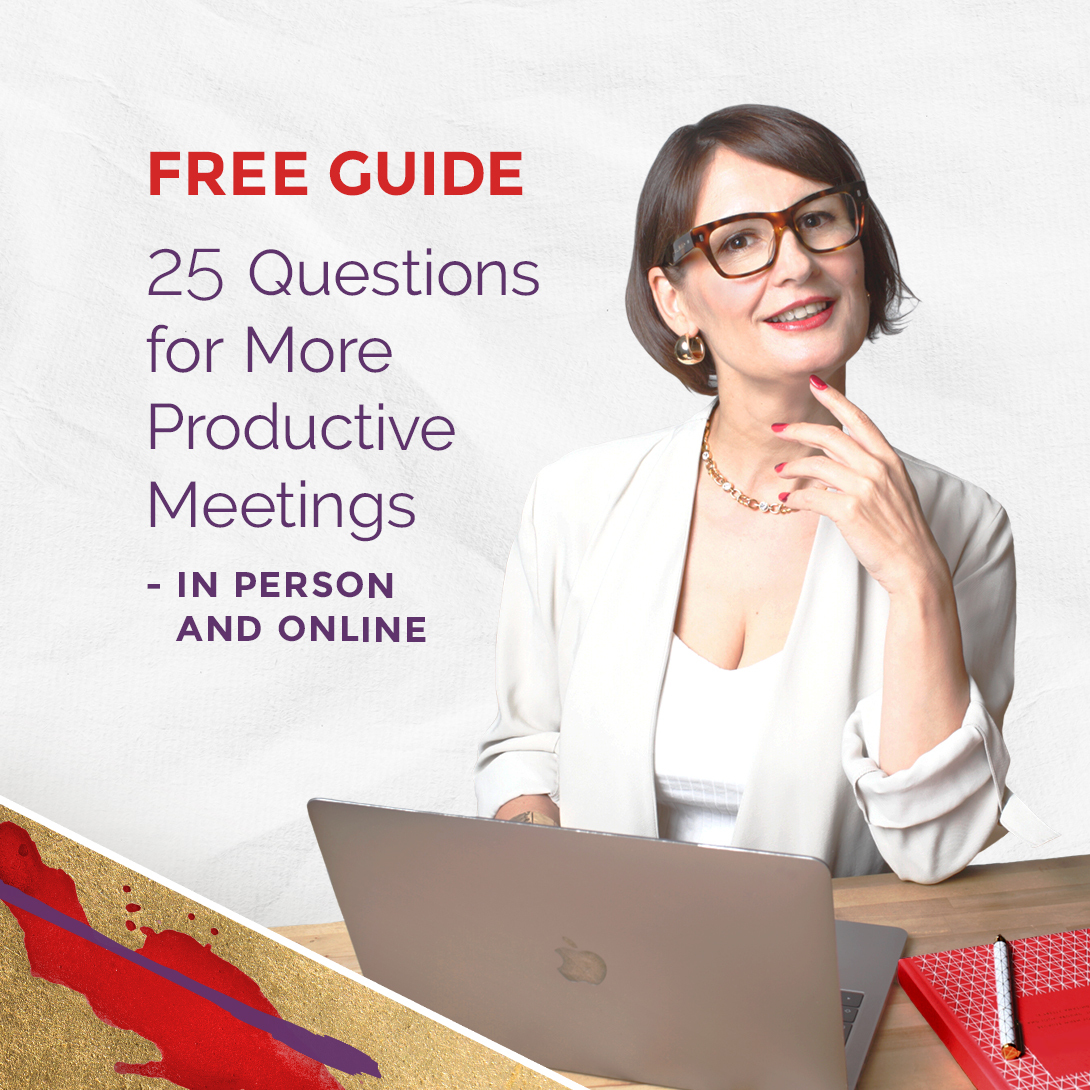Picture this: A talented Japanese businesswoman is updating an executive from global headquarters on the progress of a new project.
She has good news, but the executive thinks things aren’t going so well.
Or picture this: A Japanese businessman is presenting to a potential client the benefits of working with his company.
The benefits are great, but the potential client isn’t convinced.
Why isn’t the message getting across in both these situations?
Because the speaker or presenter is focusing on what to say instead of connecting with the listener or audience.
I’ve seen this time after time in business settings as well as when I’m coaching people as they practice their presentations or role play crucial conversations.
Even if they’re talking about a positive topic – like the unique features of their product, the latest technological innovations, or a new corporate initiative – they often have a serious face and a flat voice.
Does this apply to you?
You’re focusing hard on what you’re saying and making sure that your English is correct. Unfortunately, this means that you’re “in you head” and you lose the connection with the audience.
It’s mottainai – a waste, or a shame – because any positivity or enthusiasm that you might have about the topic doesn’t reach the audience. You can even send the wrong message and confuse your audience.
How can you avoid this kind of miscommunication? Two simple suggestions:
1. Focus on the audience, not on your English
It doesn’t matter if your grammar isn’t great, your pronunciation isn’t perfect, or your vocabulary isn’t varied. What matters is looking your audience in the eye and checking that your message is getting across. Have a conversation.
2. Video yourself
Before a presentation or an important conversation, video yourself. Look at your facial expression. Listen to your tone of voice. If your topic is positive, are you smiling and sounding upbeat? (Of course, if your topic is serious, your facial expression and tone of voice should be serious too!).
Test out these two simple tips to help you avoid the mottainai of miscommunication.
* * * * *
If you find it difficult to ask questions in meetings, just follow the 5 simple steps in this free PDF to get started. You’ll also find 25 powerful questions that you can use for better results and efficiency in your meetings. Click here to get 25 Questions for More Productive Meetings.
Huge thanks to TopTia for the photo and Ashina for being a great model!


